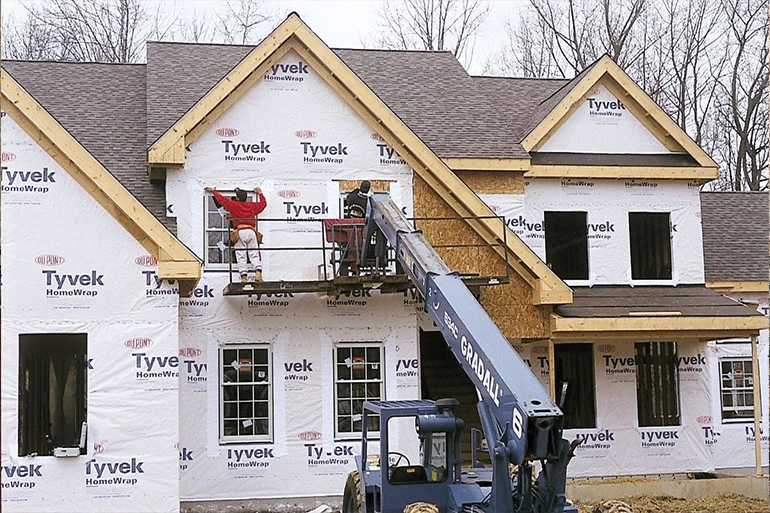How House Wrap Affects Fireplace Efficiency
Modern home building has an increased focus on energy efficiency. Building codes now enforce different kinds of insulation to reduce air from getting in or out of the home. Poly based house wraps are one of the most common ways to create an energy-efficient home.
While that may be good for saving on energy bills and reducing heat loss, it doesn't allow for natural airflow to occur and aid in combustion for your fireplace. This can actually lead to a lot of issues if you install a vent free or B-vent fireplace and are unaware of how they operate.
A fireplace has to have cool inside air sucked into its firebox so it can oxygenate the wood or gas burning inside it. This process is called combustion. Normally, air sneaks in through cracks in windows and doors and provides a steady flow of air to continue that process.
As the air is heated, much of it goes up through the chimney and is exhausted outside. Other portions are pushed into the house through vents in the appliance.
When a house is heavily insulated, this disrupts the natural flow of air that comes through the outside, into the fireplace and out through the exhaust pipe. So, in an effort to try and balance itself, a vented wood burning or B-vent fireplace, which has an open firebox, will suck air back down through the chimney, pulling exhaust smoke and fumes into your home. Vent free fireplaces can simply shut off due to lack of available oxygen.


